目次~Table of Contents
Location and History
Terumoto Mori builds Castle after Lost of Sekigahara
Hagi City is well known for its old town atmosphere. Tourists often plan to visit the set of both Hagi and Tsuwano Town nearby. The city is also popular among history fans as an area which provided many meritorious retainers during the Meiji Restoration, such as Shoin Yoshida, Shinsaku Takasugi, Takayoshi Kido, and Hirobumi Ito who became the first Prime Minister of Japan. That’s because Hagi had been the homebase of the Choshu Domain for 270 years since Hagi Castle was built in 1604.
Terumoto Mori, who built the castle, originally lived in Hiroshima Castle, governing most of the Chugoku Rerion with an earning of 1.2 million koku of rice. However, he got defeated by Ieyasu Tokugawa who would be the founder of the Tokugawa Shogunate in the Battle of Sekigahara in 1600. As a result, Ieyasu ordered Terumoto to reduce his territory to only two provinces of Nagato and Suo with 370 thousand koku, which are the current Yamaguchi Prefecture. Terumoto needed to look for his new homebase, which was chosen from the three options.
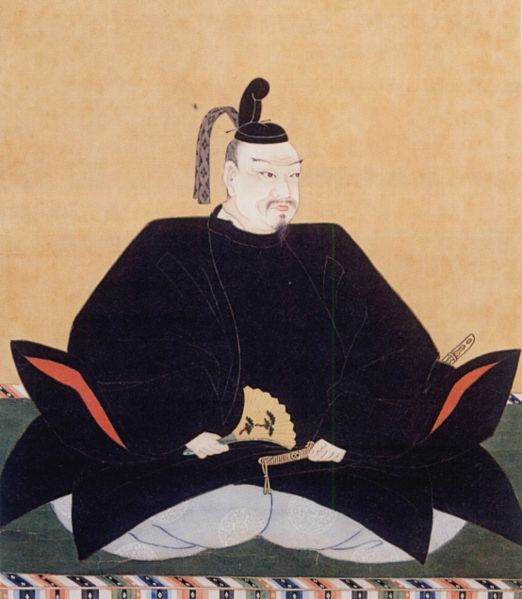

One was Kuwayama beside Seto Inland Sea, another was Hagi beside the Japan Sea, and the rest was Yamaguchi, the current prefectural capital, between the former ones. The result was Hagi. The reason for it was said that the shogunate designated it because they wanted to contain the Mori Clan in the innermost place so that the clan would not rebel against the shogunate. However, some historians recently speculate that Terumoto actively chose Hagi after the discussion with the shogunate as the place was the most defensive. It was also on a delta like his former homebase, Hiroshima Castle.
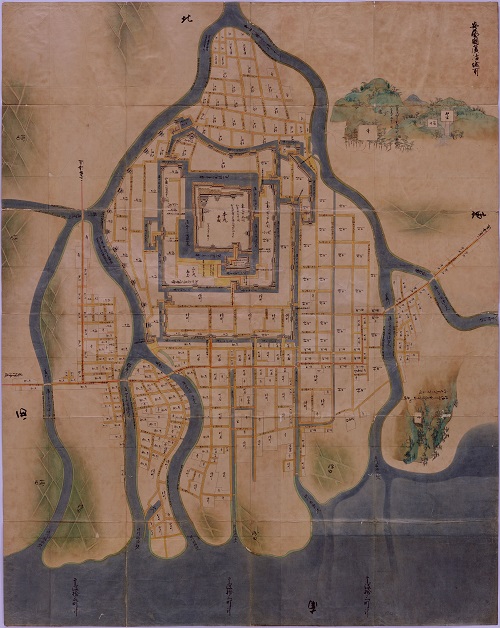
Castle is located on Delta
The delta was sandwiched by Matsumoto and Hashimoto Rivers, facing the sea in the north. The northern part of it was a sand dune, moreover, its northernmost beside the sea was Shizuki Mountain with its height at 143m. The Main Enclosure of the castle was built in front of the mountain, surrounded by stone walls and the Inner Moat. It had the five level Main Tower and the Main Hall for the lord as the center. The Second Enclosure was the south of the Main Enclosure, surrounded by the Middle Moat. It had two defensive gates and its stone walls covered even the seashore. The Third Enclosure was the south of the former ones, used as the senior vassals’ houses. It was separated by the Outer Moat from the castle town. Shizuki Mountain was also used as a final castle. Terumoto built its own Main and Second Enclosures on the top. There were no buildings inside of them, however, it was surrounded by some turrets and stone walls. It was basically for emergency like a battle while usually used as a lookout as well.












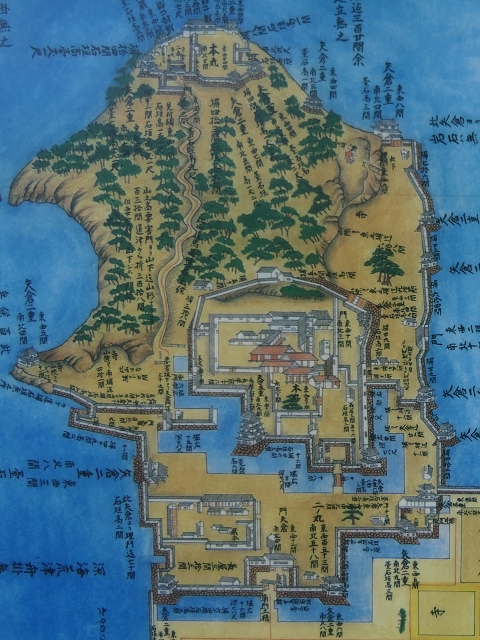
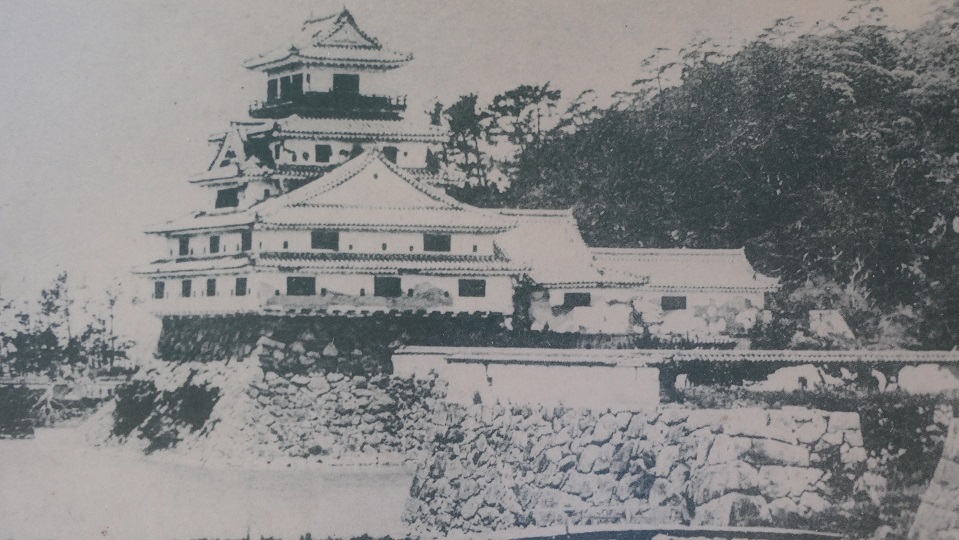
Heros come from Castle Town
As for the castle town, its area was first waterlogged because it was lower than the sand dune in the northern part of the delta. People in Hagi built canals to drain water, which make them possible to build the town. In fact, the heroes of the domain towards the Meiji Restoration came from this town. An interesting thing about them is that the higher class of them like Takasugi and Kido lived near the castle while the lower class like Shoin and Ito lived far from it. That was a common rule for warriors to live at that time.
The relief map around Hagi City, the former castle town is still lower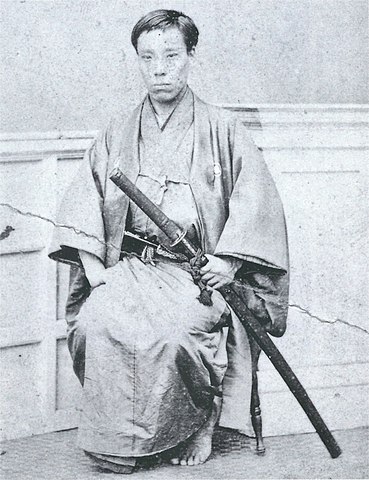
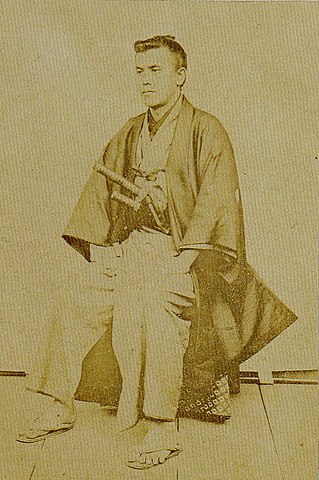
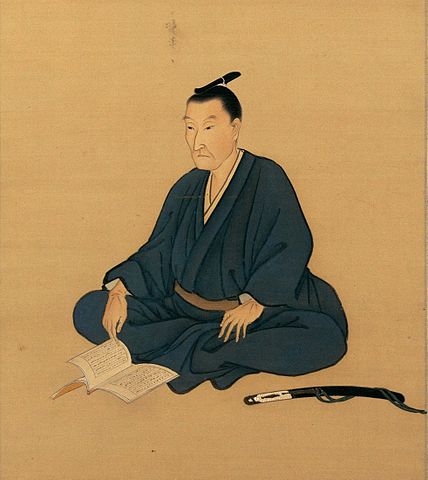
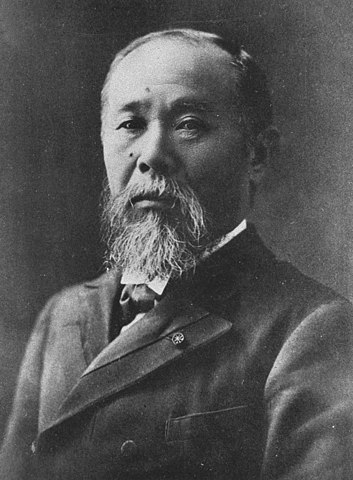
Choshu Domain moves its homebase to Yamaguchi
It is said that another interesting ceremony was held in the Main Hall of the castle every new year. In the event, a senior vassal asked the lord “Should we fight the Shogunate this year?”, then he answered “It’s too early”. However, the situation changed and made it possible to defeat the Shogun. The domain was really against the shogunate at the end of the Edo Period. The situation surrounding the castle also changed. Being beside the sea had been defensive when the castle was built but became dangerous because it could be shot by guns from battle ships. In addition, they wanted to communicate with other domains very much, so they thought Yamaguchi would be the best for their homebase. As a result, they eventually left Hagi to Yamaguchi Castle without the shogunate’s permission. The castle was officially abandoned in 1874.
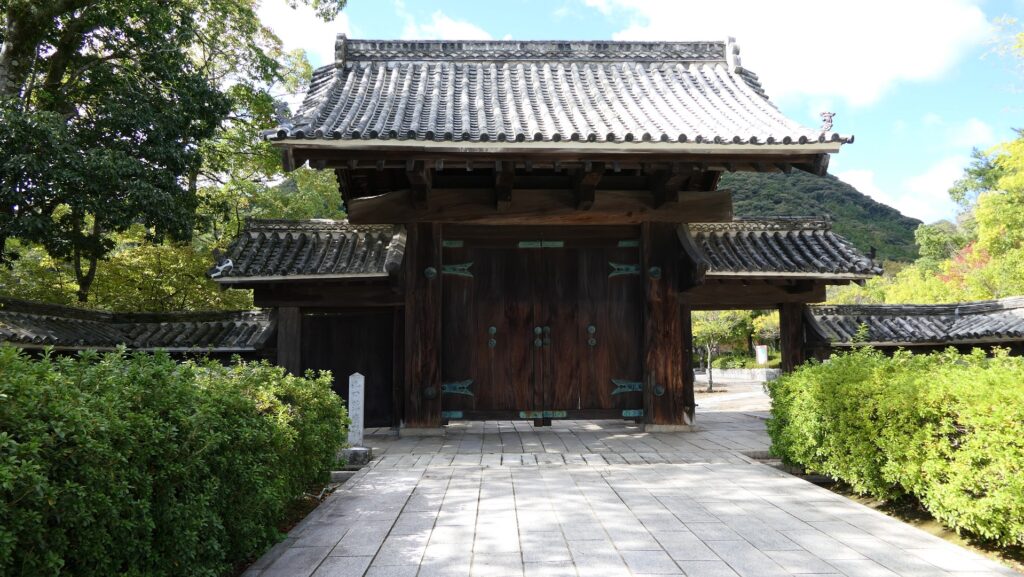




























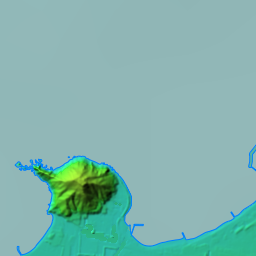

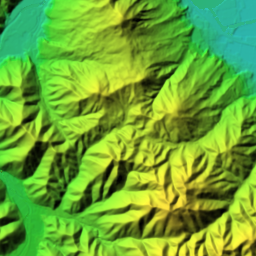

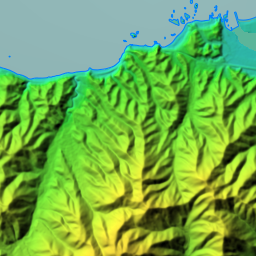


























「75.Hagi Castle Part1」への2件のフィードバック